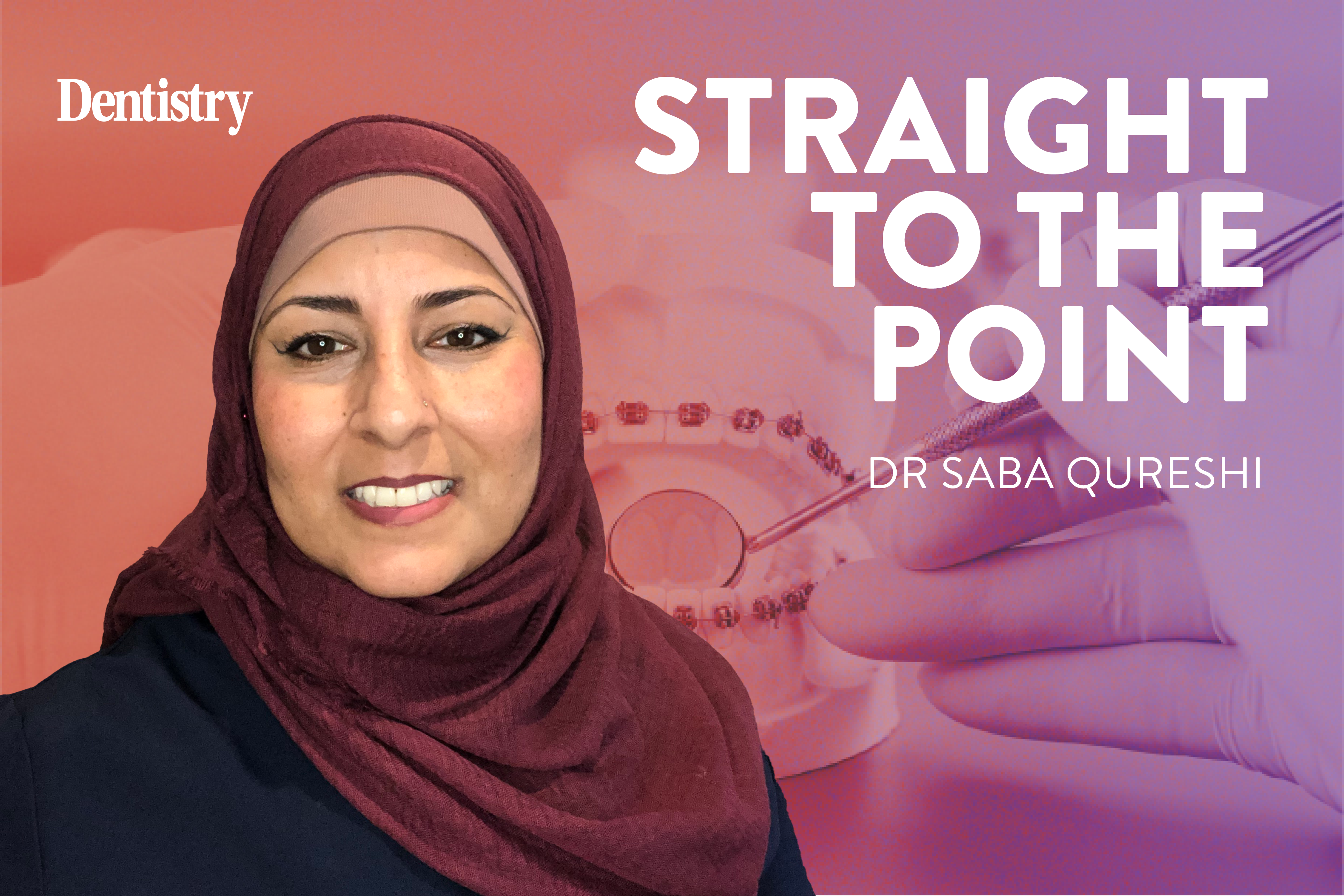
This month, Saba Qureshi offers the best tips to give your patients to ensure they follow optimum aftercare following orthodontic treatment.
Good oral hygiene is an important factor in maintaining dental health for the whole population.
However, it becomes even more important for patients with braces.
This is because such appliances induce bacterial growth.
As a result, this alters the microbial ecosystem of the oral cavity and increasing the risk of conditions such as periodontal disease, halitosis and caries.
So when patients have appliances fitted, what instructions should they be given to in order to best look after them?
Fixed braces
I’m a huge fan of fixed braces and the predictability of their results. But we all know how challenging they can be for our patients.
So, what instructions should fixed appliance patients be given?
- Minimum twice daily brushing with fluoride toothpaste. Patients may choose to brush after meals as well but should be advised to wait at least 30 minutes, especially after acidic foods
- Disclosing tablets for easy visualisation of areas of plaque accumulation. This should be encouraged at regular intervals throughout treatment
- Electric toothbrushes. They make light work of plaque removal, but technique is still important. Patients should be advised on correct angulation of the bristles for optimal plaque removal
- Brushing for a minimum of two minutes. This is common knowledge but advising patients to brush above and below each bracket for three seconds each tooth ensures each surface is cleaned well
- Interdental brushes. They are essential for removing food debris under archwires and around brackets
- Daily use of an alcohol-free fluoride mouthwash. This has been shown to reduce the incidence of dental caries and can be a useful adjunct to brushing where flossing is difficult
- Reducing dietary sugars. Reducing these, such as those from sweets and fizzy drinks, helps to reduce the risk of white spot lesions and decay where brushing is already hampered
- Restricting hard and chewy foods. This limits appliance breakages, allowing smooth treatment progression
- Discourage habits. This includes nail biting and pen chewing to minimise breakages.
Removable braces and aligners
One of the immediate advantages of such appliances is that they can be easily removed for toothbrushing and flossing.
As a result, the issues of navigating around brackets and wires disappear.
However, they are still medical devices and careful instructions regarding wear and care must be conveyed:
- Removal for eating. This is a requirement for most removable appliances and helps to reduce the chance of the appliance fracturing.
- Discourage hot drinks with appliances in. Particularly where aligners are being worn. Very hot drinks may distort the aligners and adversely affect tooth movement.
- Avoid sugary/acidic drinks when the appliances are in the mouth. These can seep into the aligner or sit between the appliance and teeth. Here they will be hidden from the cleansing properties of saliva, thus risking erosion or tooth decay
- Wearing appliances as prescribed. Wearing them generally full-time, except for eating, drinking and oral hygiene, allows for efficient treatment progression
- Patients should be advised to maintain excellent oral hygiene. This will optimise tooth movement
- Apppliance cleanliness. As removable appliances are in the mouth all day and night and accumulate a multitude of bacteria over time, appliance cleanliness is paramount. This will reduce the risks of candida infections and caries. Appliances should be cleaned manually, using a toothbrush and liquid soap daily, and on a weekly basis using anti-microbial cleaning tablets eg Retainer Brite.
Regularly check-ups
In addition to these instructions, patients should be asked to see their GDP regularly.
The should also be reminded that orthodontic appointments are not a replacement for their regular dental check-ups.
Now we know what to tell our patients…do we know how to tell them?
Whilst many factors can influence patient retention of care instructions, studies show people only retain about 20% of medical information provided by healthcare practitioners.
But this can increase by up to 50% if there is additional visual or written input.
When providing written information, we must try to make this as readable as possible.
Thankfully, studies have shown that British Orthodontic Society patient information leaflets were rated as ‘standard’ or ‘fairly easy’ to read.
This means that 70–80% of the UK population would be able to understand them, which is great.
Using social media as a platform for informative, evidence-based information for our patients could also be an effective way to convey information about brace care.
Particularly as it is easily accessible to the majority of our patient population.
There are numerous orthodontic apps available out there too, a handful of which are aimed at encouraging behaviour change in patients.
However, much of the information contained within them is often not independent or validated.
Perhaps this is an area worth developing in order to provide high-quality orthodontic apps that can be used to enhance patient compliance with treatment and, thereby, treatment outcomes.
Catch up on previous Straight to the Point columns:
- Balancing patient demands and ethics
- The impact of thumb sucking on teeth
- DIY orthodontics: what’s all the fuss about?
- Aligners versus fixed: battle of the braces.
Follow Dentistry.co.uk on Instagram to keep up with all the latest dental news and trends.


